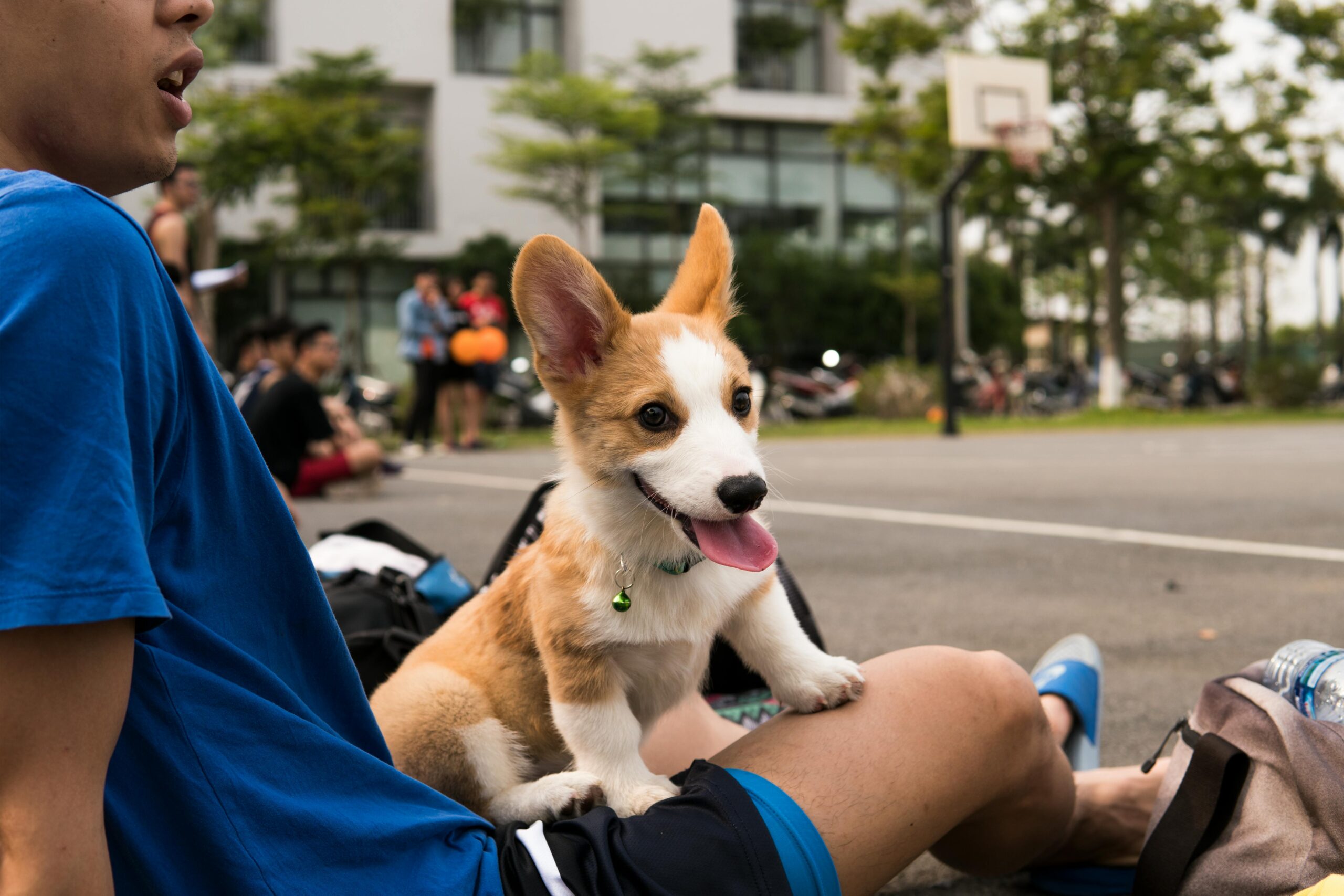Your cart is currently empty!

When and How to Start Socializing Your Dog
Posted by:
|
On:
|
Socializing your dog is a critical part of raising a confident, well-behaved companion. Proper socialization helps your dog feel comfortable in a variety of situations and reduces the risk of fear-based behaviors later in life. Whether you have a young puppy or an adult dog, the right approach to socialization can make all the difference. Here’s everything you need to know about when and how to start socializing your dog.

When to Start Socializing Your Dog
- Puppies (3 to 14 Weeks Old)
The best time to begin socializing a puppy is during their socialization window, which typically occurs between 3 and 14 weeks of age. During this critical period, puppies are naturally more open to new experiences, making it the ideal time to expose them to a variety of sights, sounds, people, and environments.
It’s important to start early, but be mindful of their vaccination status. Until your puppy is fully vaccinated, avoid high-risk areas like dog parks or places with unknown dogs. Instead, focus on controlled environments with fully vaccinated dogs and safe settings.
- Adult Dogs
If you missed the socialization window, don’t worry—it’s never too late to start. While adult dogs may be more cautious or set in their ways, gradual and positive exposure to new experiences can still help them build confidence. Be patient and go at your dog’s pace to avoid overwhelming them.
Why Socialization Matters
Socialization is about teaching your dog how to interact with the world around them in a positive and relaxed way. Dogs who are well-socialized are less likely to develop fear, aggression, or anxiety in new situations. They’re more adaptable, making everyday experiences like walks, vet visits, or meeting new people more enjoyable for everyone.
How to Socialize Your Dog
- Introduce New Experiences Gradually
Start by exposing your dog to a variety of stimuli in a controlled and positive way. Some examples include:- Different surfaces (grass, gravel, hardwood floors, etc.).
- Household sounds (vacuum cleaners, doorbells, clinking dishes).
- New people of all ages, sizes, and appearances.
- Other animals, such as dogs, cats, or livestock.
- Use Positive Reinforcement
Reinforce your dog’s confidence by rewarding good behavior. For example, if your dog approaches a new person calmly, give them a treat and plenty of praise. Avoid punishing or forcing your dog into situations they find frightening, as this can create lasting negative associations. - Attend Puppy Classes or Socialization Groups
For puppies, puppy socialization classes offer a safe and structured way to meet other dogs and people. Look for classes run by experienced trainers who emphasize positive reinforcement techniques. - Expose Them to Different Locations
Take your dog to a variety of safe, dog-friendly places. Examples include parks, pet stores, outdoor cafés, or hiking trails. Each new environment helps your dog learn to adapt and remain calm in different surroundings. - Focus on Quality, Not Quantity
Socialization isn’t about overwhelming your dog with constant new experiences. Instead, focus on creating positive and controlled interactions. Short, positive experiences are more effective than long, stressful ones. - Watch for Signs of Stress
Pay attention to your dog’s body language. Signs of stress can include:- Tail tucked between their legs.
- Yawning or lip licking.
- Ears pinned back or a low posture.
- Avoiding eye contact or trying to hide.
- Practice Handling
Get your dog used to being touched and handled in a gentle way. Practice touching their paws, ears, and mouth, as this will make vet visits and grooming easier in the future. Pair handling with treats and praise to build positive associations.

Tips for Socializing Older or Fearful Dogs
- Start Small: Begin with less intimidating situations, like meeting one calm person or dog at a time.
- Go at Their Pace: Allow your dog to explore new situations without pressure.
- Use a Professional Trainer: If your dog shows fear or aggression, consult a certified trainer or behaviorist who can help you develop a customized socialization plan.
Ongoing Socialization Is Key
Socialization doesn’t stop once your dog reaches adulthood. Regularly exposing your dog to new experiences helps them stay confident and well-adjusted throughout their life.
The Bottom Line
Socializing your dog is one of the best ways to ensure they grow into a happy, confident companion. Whether you’re starting with a young puppy or helping an adult dog adjust, positive and gradual exposure to the world will set them up for success. With patience, consistency, and love, you’ll build a bond of trust and help your dog thrive in any situation.

